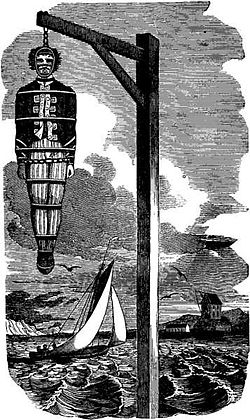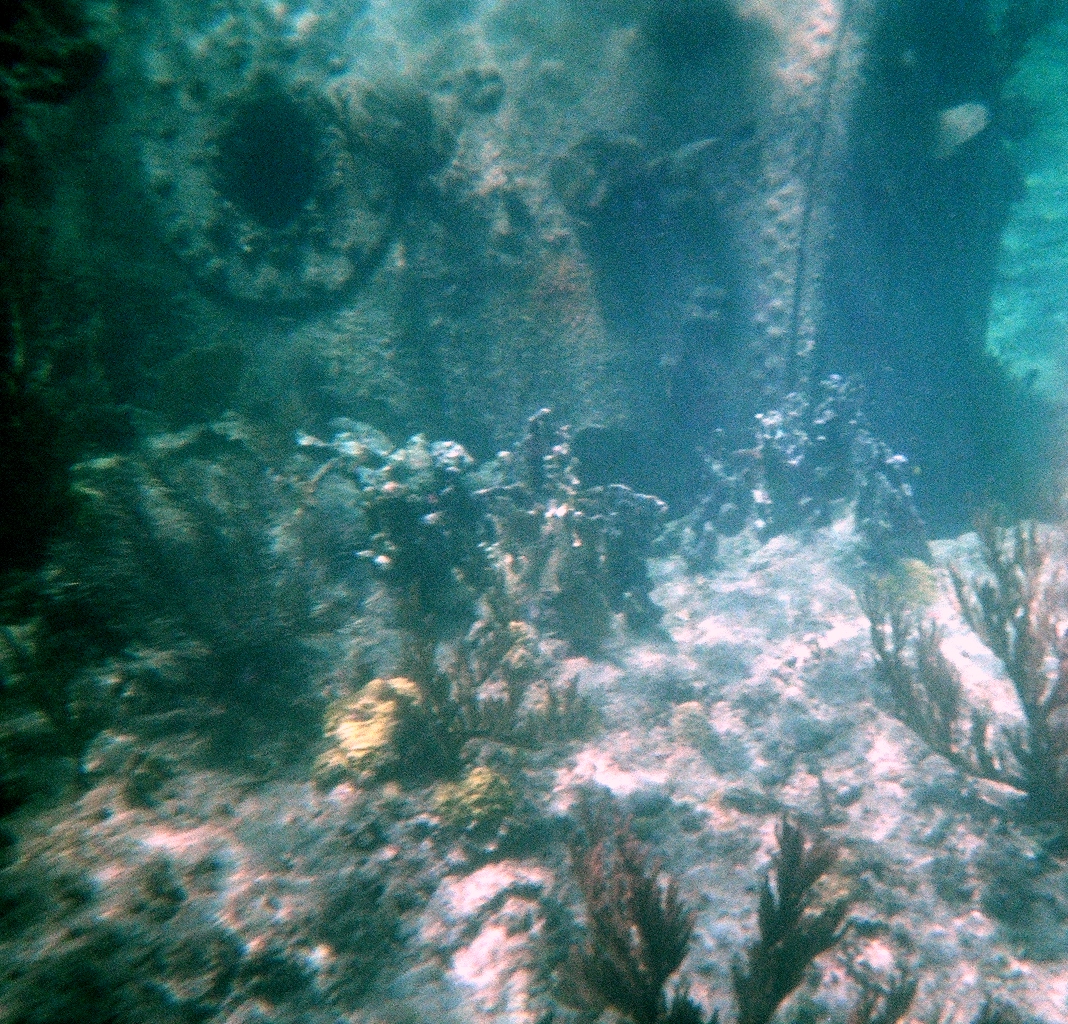A little over 300 years after it was scuttled and left to lie at the bottom of the Atlantic Ocean, the Quedagh Merchant was discovered in 2007 just off the coast of the Dominican Republic's Catalina Island, off the southeastern coast near La Romana. Four years later, this famous shipwreck was opened up to the diving public as an imaginative new attraction, the Museum of the Living Sea. The story of how it got there is a real life tale of Pirates of the Caribbean and one of which Captain Jack Sparrow himself might be proud.
 The Rise and Fall of Captain Kidd
The Rise and Fall of Captain Kidd
Captain Kidd had arrived at Catalina Island in 1699 in the Quedagh Merchant, a ship he had recently ‘acquired.’ Kidd worked for the English government as a privateer, his task being to keep the seas clear of pirates to allow the Crown’s trading to carry on safe from attacks. Unofficially his task was also understood to include taking possession of enemy ships and it was this element of the job that landed him the prize of the Quedagh Merchant. Having been a successful privateer for many years he saw the treasures on the ship as just reward for his hard work.
His exploits by this time had caused anger and concern back in London, and having left his newly won treasure at Catalina Island he was arrested and taken to London for his trial. Despite his defense that he was only carrying out his duties, Captain William Kidd was convicted as a pirate and hung in 1701, with his corpse left on display in an iron cage for several years as a warning to others.
Shipwreck
With Kidd out of the way, the ship was quickly stripped of its gold, silver and other precious materials and cut loose to break up and fall to the bottom of the Atlantic Ocean. It sailed barely 70 meters from the shore of Catalina Island before sinking, yet for some reason it lay undiscovered until 2007. Several cannons and anchors were still attached, and while the marine life had grown around the wreck it was still easy to identify it as the Quedagh Merchant.
Living Museum of the Sea
The government of the Dominican Republic has collaborated with Indiana University to open up this unique underwater museum, which complements Catalina's already considerable diving attractions, such as its 140-foot wall. Visitors can follow plaques that guide them around the wreck and offer information on the rare corals that are found at the site. Local dive operators now include the site on their excursions.
And so it seems that after a three centuries-long pause, the Quedagh Merchant is attracting interest once again, arggh!
Adapted from original post on PassportToIberostar.com
Images | SeRVe Photography, Wikipedia

Comments